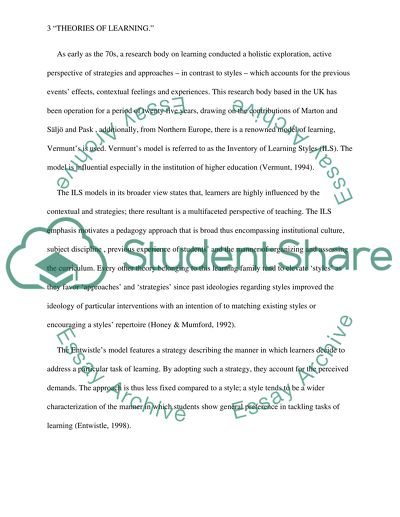Cite this document
(“Learning style theory in post secondary education Research Paper”, n.d.)
Retrieved from https://studentshare.org/education/1395164-learning-style-theory-in-post-secondary-education
Retrieved from https://studentshare.org/education/1395164-learning-style-theory-in-post-secondary-education
(Learning Style Theory in Post Secondary Education Research Paper)
https://studentshare.org/education/1395164-learning-style-theory-in-post-secondary-education.
https://studentshare.org/education/1395164-learning-style-theory-in-post-secondary-education.
“Learning Style Theory in Post Secondary Education Research Paper”, n.d. https://studentshare.org/education/1395164-learning-style-theory-in-post-secondary-education.


